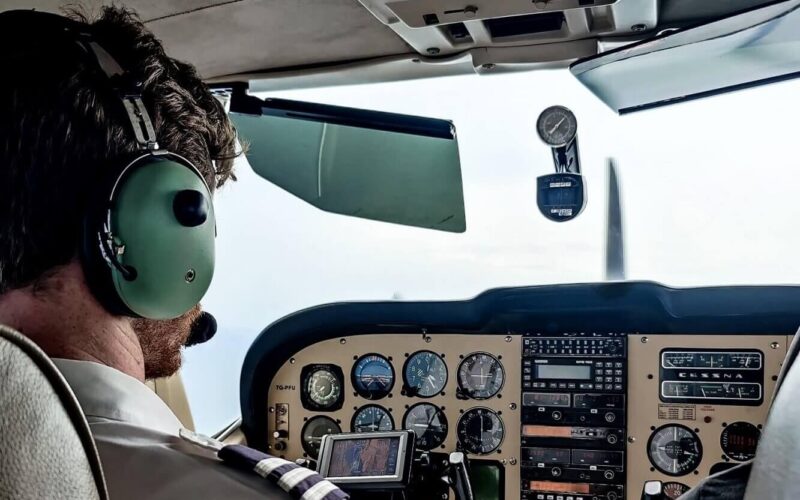As the COVID-19 pandemic struck and the aviation industry was thrown into turmoil, multiple warnings were issued about the future of aviation. Some analysts even predicted that prolonged furlough and the unprecedented grounding of aircraft could result in safety issues within the industry.
The arguments are logical. Pilots who do not fly become out of practice and tend to get ‘rusty’, and aircraft can develop a number of maintenance issues while continuing to gather dust in storage. Of course, there are proper procedures to counter these issues, but it would be difficult to predict whether these could be properly implemented on such an enormous scale.
The industry is still far from seeing a return to pre-pandemic levels in terms of both traffic and revenue. However, as recovery has been underway for a while now, it is finally possible to see if early predictions are correct.
What impact did the pandemic have on aviation safety?
The chart below shows the changes in air traffic through recent years, as measured in revenue passenger-kilometers and outlined in International Civil Aviation Organization’s (ICAO) Air Transport Monthly Monitors. A decrease in February-April 2020, when the pandemic first struck, is clearly visible, as well as a gradual increase that has continued to rise.
A similar trend can be seen in the number of aviation accidents registered by ICAO during the same period. A clear decrease is visible in March 2020, followed by a gradual recovery. However, when we take a look at data from 2021, the numbers seem to have stopped rising.
If we compare both sets of data, a trend begins to emerge. The number of accidents did not rise at the same rapid rate as passenger traffic levels.
However, we must also keep in mind that the accident rate tends to fluctuate. These fluctuations are visible even in data recorded pre-pandemic in 2019. In 2020 and 2021, when the number of accidents dropped to 0-5 per month, such fluctuations became even more prominent.
However, a clear trend still emerges. The substantial reduction in traffic did not have a significant impact on aviation safety in 2020, as the accident rate was on par with pre-pandemic years. In 2021, the number of accidents dropped even further.
An additional set of data, provided by ICAO, also seems to suggest this. The following graph compares the number of accidents per million departures, provided by ICAO, with the number of accidents per 100 billion revenue passenger-kilometers, calculated from ICAO data.
In 2020, international travel contracted much more sharply than domestic travel. This is reflected in the graph, as the number of accidents compared to the number of kilometers travelled by the passengers increased more sharply than the number of accidents compared to the number of total flights (departures), because flights grew shorter.
In 2021, flights became shorter still, as the resumption of domestic travel constituted the bulk of recovery. International travel was slower to recover, resulting in smaller RPK per flight.
However, there currently appears to be no indication that the increase in domestic flights had an impact on aviation safety.
So far, we do not know the exact reason why such a low accident rate was recorded in 2021 when compared with 2022 and 2019. However, the data does seem to suggest that concerns regarding furloughed pilots and poorly maintained aircraft may not have materialized.

